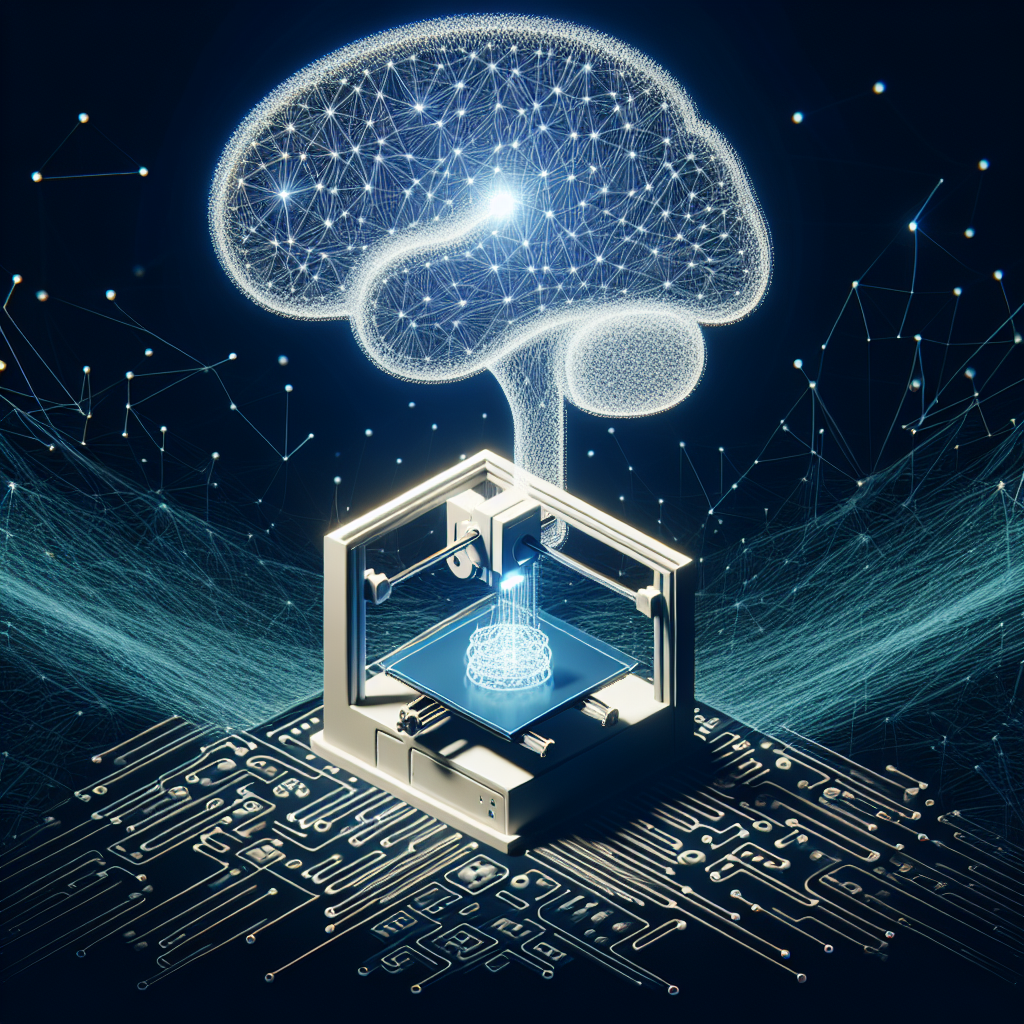The Intersection of AI Software and 3D Printing
Artificial intelligence (AI) and 3D printing are two rapidly advancing technologies that are revolutionizing industries across the world. When these two technologies intersect, they create innovative solutions that have the potential to disrupt traditional manufacturing processes and drive new levels of efficiency and automation. In this article, we will explore the intersection of AI software and 3D printing, and the impact it is having on various industries.
How AI is Transforming 3D Printing
AI software is being integrated into 3D printing processes to optimize and streamline the manufacturing process. One of the key ways AI is transforming 3D printing is through generative design. Generative design is a process that uses AI algorithms to generate multiple design options based on specified parameters and constraints. This allows designers to explore a wider range of design possibilities and optimize the performance of their products.
AI is also being used to optimize the printing process itself. AI algorithms can analyze the geometry of a 3D model and generate support structures that minimize material usage and printing time. This reduces waste and improves the overall efficiency of the printing process.
Furthermore, AI can be used to monitor and control the printing process in real-time. AI algorithms can analyze sensor data from the printer and make adjustments to the printing parameters to ensure optimal print quality. This level of automation reduces the need for human intervention and increases the reliability of the printing process.
The Benefits of Combining AI Software and 3D Printing
The intersection of AI software and 3D printing offers several benefits to manufacturers and designers. Some of the key benefits include:
1. Increased Efficiency: AI algorithms can optimize the design and printing process to reduce material waste, printing time, and costs. This results in higher efficiency and productivity for manufacturers.
2. Improved Design Quality: Generative design algorithms can generate complex and innovative designs that are optimized for performance. This allows designers to create products that are lighter, stronger, and more efficient than traditional designs.
3. Enhanced Automation: AI software can automate various aspects of the 3D printing process, reducing the need for manual intervention and increasing the reliability of the manufacturing process.
4. Cost Savings: By optimizing the design and printing process, manufacturers can reduce material costs and improve overall profitability.
5. Customization: AI algorithms can analyze customer preferences and design custom products that meet individual needs. This level of customization is not possible with traditional manufacturing processes.
Applications of AI-Enhanced 3D Printing
The intersection of AI software and 3D printing has applications across a wide range of industries. Some of the key applications include:
1. Aerospace: AI-enhanced 3D printing is being used to design and manufacture lightweight components for aircraft and spacecraft. These components are optimized for performance and durability, leading to improved fuel efficiency and lower maintenance costs.
2. Healthcare: 3D printing is revolutionizing the healthcare industry by enabling the production of custom implants, prosthetics, and medical devices. AI software is being used to optimize the design and manufacturing process, leading to faster production times and improved patient outcomes.
3. Automotive: AI-enhanced 3D printing is being used to design and manufacture complex automotive parts that are lightweight and durable. This leads to improved fuel efficiency and performance for vehicles.
4. Consumer Goods: AI-enhanced 3D printing is being used to design and manufacture custom consumer products, such as jewelry, footwear, and accessories. This allows companies to offer personalized products to their customers and differentiate themselves in the market.
Frequently Asked Questions
Q: How does AI software optimize the design process in 3D printing?
A: AI software uses generative design algorithms to generate multiple design options based on specified parameters and constraints. This allows designers to explore a wider range of design possibilities and optimize the performance of their products.
Q: How does AI software optimize the printing process in 3D printing?
A: AI algorithms can analyze the geometry of a 3D model and generate support structures that minimize material usage and printing time. This reduces waste and improves the overall efficiency of the printing process.
Q: What are the benefits of combining AI software and 3D printing?
A: Some of the key benefits include increased efficiency, improved design quality, enhanced automation, cost savings, and customization.
Q: What are some of the key applications of AI-enhanced 3D printing?
A: Key applications include aerospace, healthcare, automotive, and consumer goods industries.
In conclusion, the intersection of AI software and 3D printing is transforming the manufacturing industry by enabling new levels of efficiency, automation, and customization. This innovative combination of technologies is revolutionizing traditional manufacturing processes and driving new levels of innovation across various industries. As AI continues to advance, we can expect to see even more groundbreaking applications of AI-enhanced 3D printing in the future.

